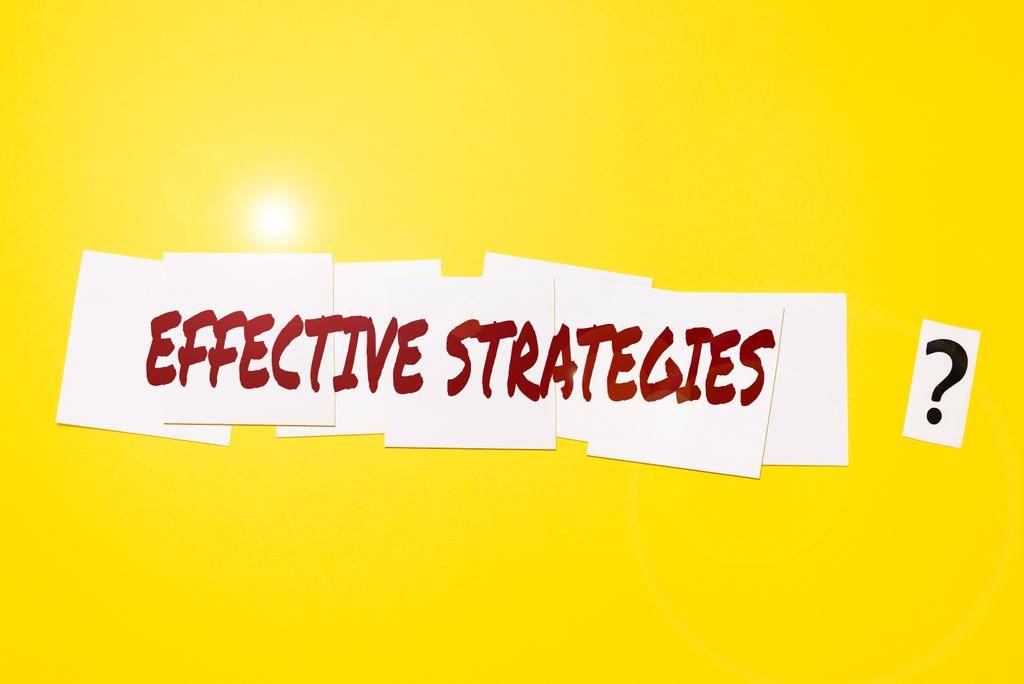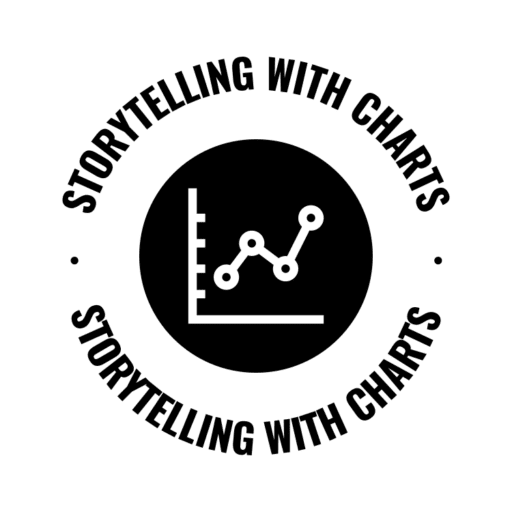
In today’s increasingly data-driven world, the ability to collect and analyze data has become crucial for businesses striving to make informed decisions. However, simply possessing vast amounts of data is not sufficient; it is equally important to convey the insights derived from that data in a manner that is both lucid and captivating. This is where the significance of effective storytelling with data comes into play.
Data storytelling involves presenting data and its analysis in a narrative format, enabling individuals to comprehend complex information more easily and engage with it on a deeper level. By weaving together data, visuals, and narratives, businesses can transform raw numbers and statistics into meaningful stories that resonate with their audience.
The art of storytelling brings a human element to data, making it relatable and memorable. It enables organizations to uncover patterns, trends, and correlations that might otherwise go unnoticed. Through compelling storytelling, businesses can present their findings, discoveries, and recommendations in a manner that sparks interest, influences decision-making, and drives action.
Effective data storytelling involves understanding the context and objectives behind the data, selecting the most relevant information, and structuring it in a logical and coherent manner. It requires the skillful use of visualizations, such as charts, graphs, and infographics, to enhance comprehension and create a visual impact. Additionally, incorporating narratives, anecdotes, and real-life examples can further engage the audience and make the data more relatable and memorable.
Furthermore, data storytelling helps to bridge the gap between data analysts and decision-makers. While analysts may be adept at extracting insights from data, conveying those insights to non-technical stakeholders can be challenging. By employing storytelling techniques, analysts can effectively communicate the significance of their findings and empower decision-makers to make more informed choices.
What is Storytelling with Data?
Storytelling with data is the art of using data to tell a story. It involves taking complex data sets and presenting them in a way that is easy to understand and engaging for the audience.
The key to effective storytelling with data is to focus on the story you want to tell. Start by identifying the key message you want to convey, and then use your data to support that message.
The Benefits of Storytelling with Data
The ability to effectively communicate insights and make data-driven decisions is becoming increasingly crucial. While numbers and statistics can provide valuable information, they often fail to resonate with people on an emotional level. This is where storytelling with data comes in. By presenting data in a compelling narrative format, we can bring the numbers to life, engage our audience, and unlock a range of benefits.
- Simplifying Complex Concepts: Data can be overwhelming, especially when dealing with complex datasets or intricate analyses. Storytelling with data allows us to distill complex concepts into a cohesive and easily understandable narrative. By presenting information in a story format, we can simplify complex ideas, making them more accessible to a broader audience. This helps to bridge the gap between data experts and non-technical stakeholders, fostering a shared understanding and facilitating better decision-making.
- Enhancing Engagement and Memorability: People are naturally drawn to stories. They captivate our attention, stir emotions, and create a memorable experience. When data is presented in the form of a story, it becomes more engaging and relatable. By incorporating anecdotes, characters, and plotlines into our data presentations, we can capture our audience’s attention and hold their interest throughout. This engagement enhances information retention, ensuring that the key insights and messages conveyed through the data are more likely to be remembered and acted upon.
- Building Trust and Credibility: Stories have a unique ability to build trust and establish credibility. When data is presented in a transparent and narrative-driven manner, it becomes more persuasive and trustworthy. By sharing the context behind the data, the methodology used, and the real-world implications, we provide our audience with a holistic understanding and instill confidence in our analysis. This trust is essential for gaining buy-in from stakeholders, encouraging collaboration, and driving data-driven decision-making across organizations.
- Influencing Decision-Making: One of the primary objectives of storytelling with data is to influence decision-making. By presenting data in a compelling narrative, we can guide our audience towards specific insights and actions. The power of storytelling lies in its ability to evoke emotions and create a sense of urgency. By incorporating data-driven narratives into our presentations, reports, and visualizations, we can motivate decision-makers to take action based on the insights uncovered. This helps drive positive change, improve processes, and achieve organizational goals.
- Fostering Creativity and Innovation: Storytelling with data is a creative process that encourages innovative thinking. By weaving data into narratives, we are forced to think beyond mere numbers and find meaningful connections. This creative approach sparks new ideas, encourages experimentation, and enables us to explore alternative perspectives. By challenging conventional wisdom and presenting data in unique ways, we can uncover innovative solutions and drive progress in our fields.
Tips for Effective Storytelling with Data
Here are some tips to help you tell a compelling story with your data:
- Know your audience: Before you start presenting your data, make sure you understand who your audience is and what they care about. Tailor your message and visuals to their needs and interests.
- Keep it simple: Don’t overwhelm your audience with too much data or complex visualizations. Stick to the key points and use simple visuals to support your message.
- Use a narrative structure: Storytelling with data is all about telling a story. Use a narrative structure, with a clear beginning, middle, and end, to guide your audience through your data.
- Use visuals: Visuals are a powerful way to communicate information. Use charts, graphs, and other visualizations to support your message.
- Be honest: Don’t manipulate your data to fit your story. Be honest and transparent about your findings, even if they are not what you were hoping for.
Conclusion

In conclusion, in a world where data is abundant and decision-making is increasingly data-dependent, the ability to tell compelling stories with data has become an essential skill for businesses. Through effective data storytelling, organizations can transform raw data into meaningful narratives that engage, inform, and inspire action. By harnessing the power of storytelling, businesses can unlock the full potential of their data and drive positive outcomes.
Effective storytelling with data is an essential skill for businesses today. By focusing on the story you want to tell, tailoring your message to your audience, and using simple visuals and a narrative structure, you can communicate complex information in a way that is engaging and easy to understand. So next time you have data to present, remember to tell a story with it.
